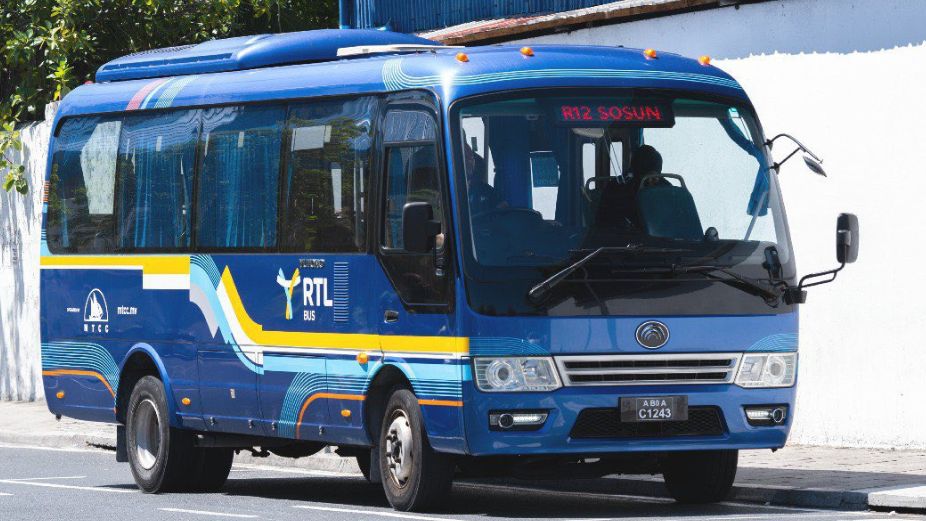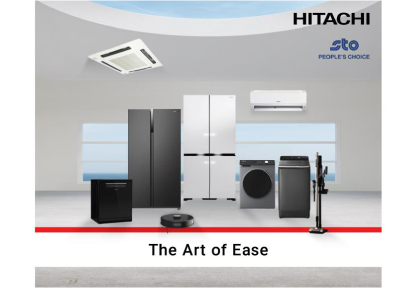
Despite expanding its bus fleet and recording millions of commutes annually, Greater Malé’s public transport system is still far from easing the city’s worsening congestion. A newly released report by the Islamic University of Maldives (IUM) reveals that while ridership is growing, land-based public transport remains a minority choice—and vehicle ownership continues to soar.
The Assessment to Determine Vehicle Restrictions in the Greater Malé Region, published in March 2025, highlights a critical contradiction. In 2023, Greater Malé recorded 13.5 million commutes via public transport, with 8.1 million of those made on RTL buses. The fleet includes electric minibuses, double-deckers, and buses with disability access, covering key routes connecting Malé, Hulhumalé, Villimalé, and Velana International Airport.
- Only 7.42% of Hulhumalé’s population uses the Hulhumalé–Malé bus route daily.
- 7.41% use internal Hulhumalé bus services.
- Just 1.47% of Malé’s population uses its internal bus service daily.
- Villimalé’s minibus service performs marginally better, with 13.9% daily usage.
These figures suggest that the majority of Malé area residents do not rely on buses for their daily commutes. Instead, they continue to turn to private vehicles. Of the 119,093 vehicles in the Greater Malé Region, a staggering 103,300 are motorcycles, which make up 87% of the total. With 86% of vehicles owned by individuals, the city’s narrow streets are increasingly overwhelmed.
A public survey carried out by the IUM research team, which gathered 476 responses, revealed deep dissatisfaction with the current system. Residents cited long wait times, irregular schedules, and inadequate last-mile connectivity as major deterrents. As a result, the intention to purchase private vehicles remains high, particularly among youth entering the workforce. The report estimates that an additional 27,500 motorcycles could be added to the roads before 2032, driven by population growth and poor public transport alternatives.
The report stresses that unless public transport becomes both reliable and desirable, efforts to reduce traffic — such as restricting the number of vehicles per person or banning cars older than 15 years — are unlikely to succeed.
“Investing in and strengthening the public transport system is a crucial prerequisite for implementing vehicle restriction policies,” the report notes. It also recommends improving pedestrian infrastructure, integrating marine and land-based routes more effectively, and supporting electric vehicle adoption alongside stronger emission regulations.
The broader picture is one of missed opportunity. The presence of a bus system is not the same as a working mobility solution. Without addressing the root causes of public dissatisfaction, the city’s vehicle dependency will continue to grow — crowding roads, choking air quality, and dragging down productivity.
Greater Malé stands at a crossroads. More buses alone will not be enough. What the city needs is a transport system that people actually choose — not one they avoid until they can afford their own motorbike.













